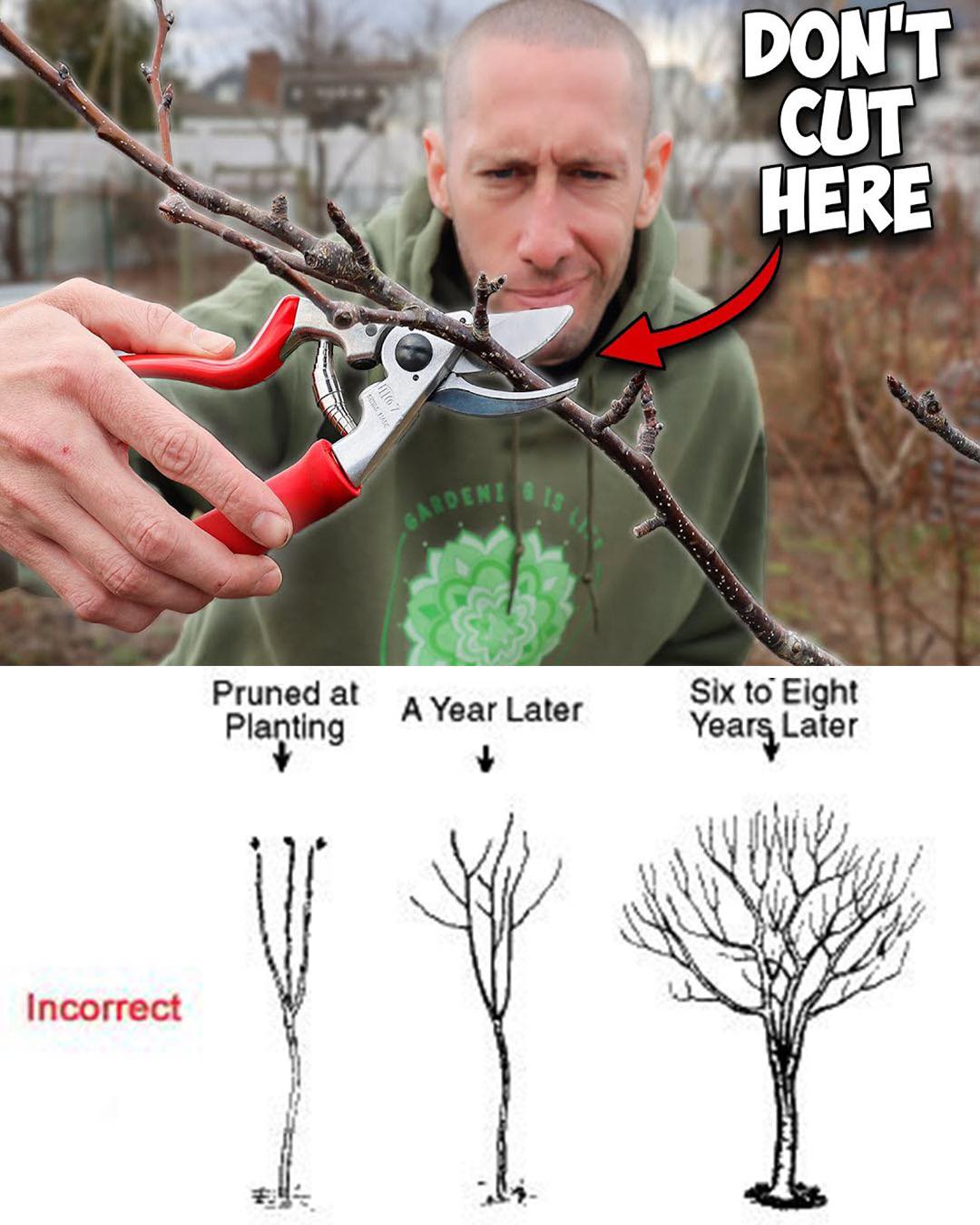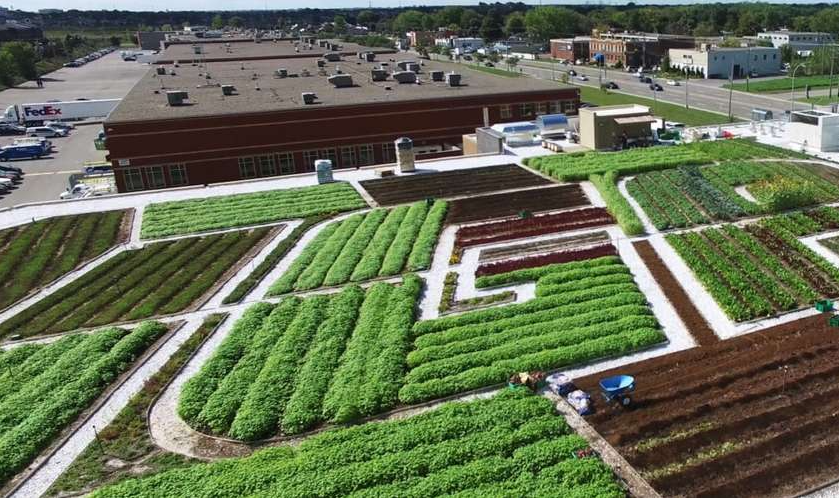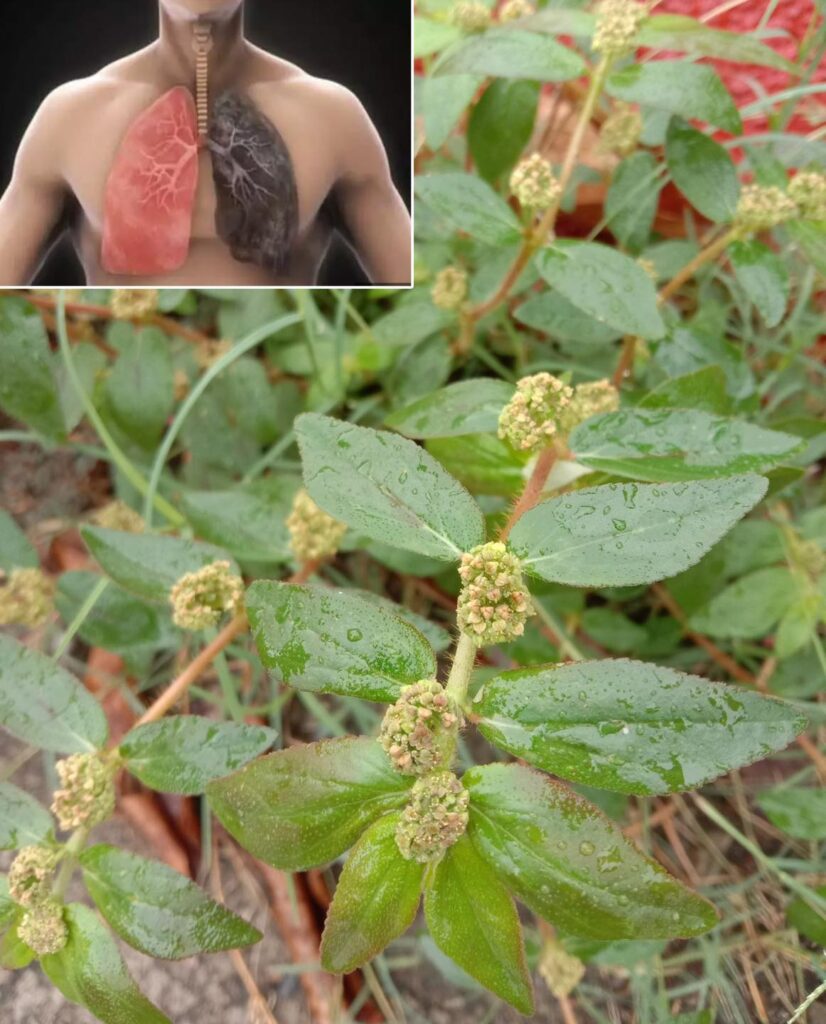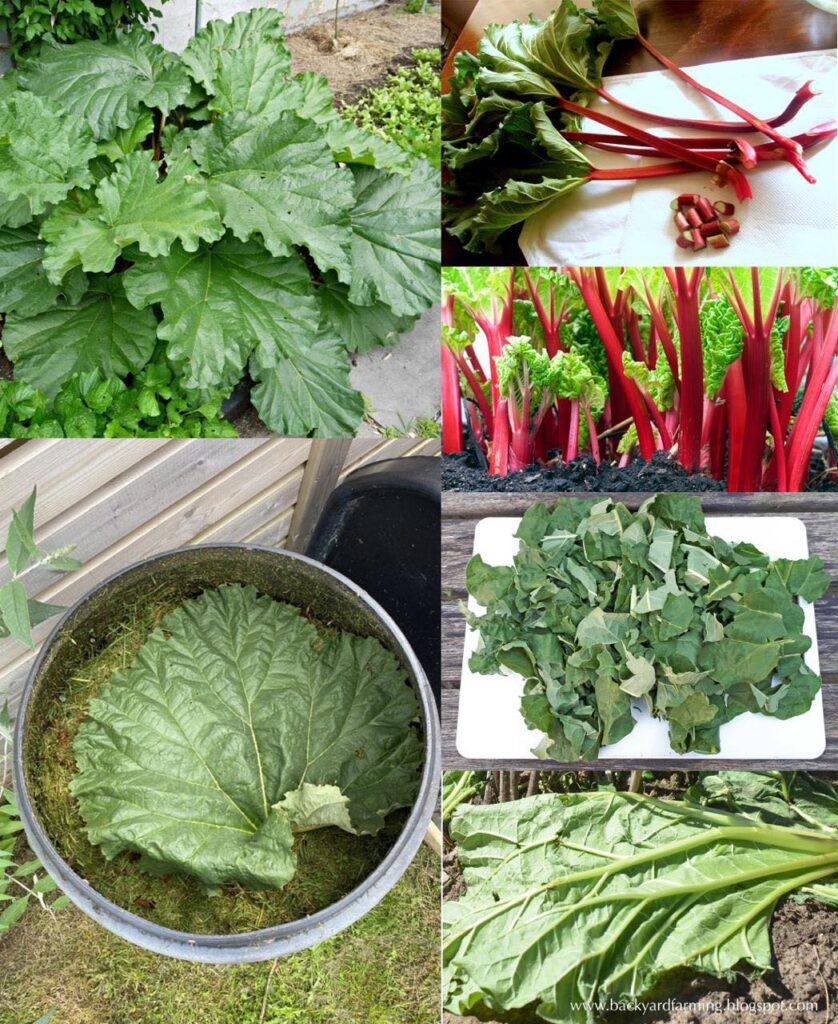Growing fruit trees in your backyard is akin to raising mythical creatures that will one day bestow upon you an abundance of edible treasures. It’s a noble quest, filled with dreams of juicy peaches and tart apples dangling just beyond your kitchen window. But beware, noble gardener! The path is strewn with pitfalls that can trip up even the most enthusiastic green thumb. Here’s how to sidestep the common blunders of the orchard apprentice and ensure your fruit-bearing wards thrive gloriously.
1. Choosing Your Fruit Tree Familiar
Mistake: Just because you fancy mangoes doesn’t mean you can grow them in a tundra. Picking a fruit tree that’s ill-suited to your climate or soil is like adopting a polar bear and expecting it to thrive in the Sahara.
Solution: Arm yourself with knowledge! Pick tree varieties that will sing in your local conditions—climate, soil, celestial alignment (okay, maybe not that last one). If your garden space is more ‘cozy’ than ‘copious,’ look into dwarf or semi-dwarf varieties. Local nurseries and those friendly folks at agricultural extension services are like your garden gurus—consult them without hesitation.
2. The Art of Planting
Mistake: Planting your tree so deep it’s practically in the underworld, or setting it in soil that drains about as well as a colander holds water, is a recipe for a very sad tree.
Solution: Dig a welcoming hole for your tree that’s double the width of the root ball but not deeper than its height. The top of the root ball should peek out of the soil like a curious groundhog. If your soil is more clay than cake, consider amending it or opting for raised beds to ensure good drainage. Stake your tree for support but remember, it’s a hug, not a stranglehold.
3. The Pollination Tango
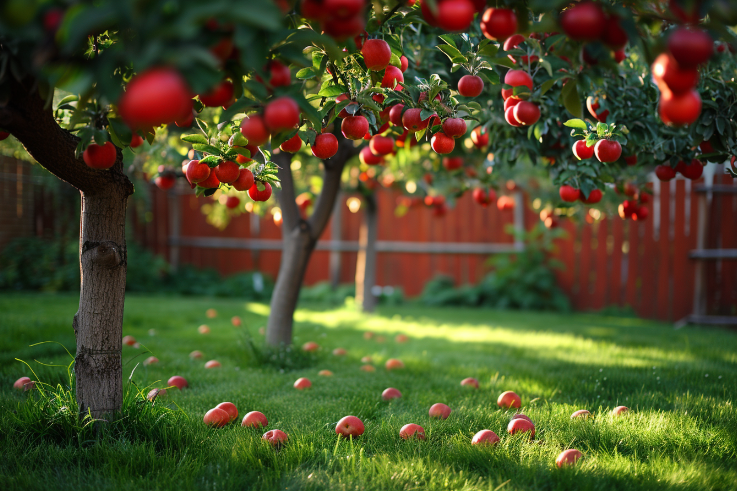
Mistake: Planting one lonely tree and expecting it to fruit solo is like hosting a dance and playing only slow songs. Some trees need a partner to get the fruiting party started.
Solution: Get to know the pollination needs of your trees. Are they the independent type or do they need a buddy? If space is an issue, consider self-pollinating varieties. Otherwise, plant companion varieties within bee-buzzing distance.
4. Watering Woes
Mistake: Drowning your trees in love (read: water) or leaving them to thirst in neglect can turn your garden dream into a nightmare.
Solution: Young trees are like teens; they need regular support to establish themselves. Water deeply and regularly to encourage a robust root system. Mature trees prefer a more laissez-faire approach—deep, infrequent waterings that encourage them to sink their roots deep into the earth. Mulching is like giving your tree a cozy blanket, keeping it moist and happy.
5. Pruning Perplexities
Mistake: Ignoring the pruning shears because you’re afraid of making a mistake can lead to a wild tangle of branches, where sunlight and air play hide and seek (and mostly just hide).
Solution: Pruning isn’t just a chore; it’s a sculptor’s moment with the tree. Remove the dead or diseased wood, thin out the overachievers, and shape the canopy to welcome light and air. The best time for this is when the tree is having a nap—its dormant season. Specific timing can vary by tree type, but generally, winter is a safe bet.
In Conclusion
By steering clear of these fledgling mistakes, you set yourself—and your trees—up for a fruitful future. Remember, cultivating fruit trees is a test of patience and perseverance. They won’t bear fruit overnight, but with careful selection, thoughtful planting, diligent care, and some strategic snipping, you’ll be the proud caretaker of a lush, fruit-laden paradise. Happy gardening, brave orchardist! Your leafy charges await your enlightened care.
